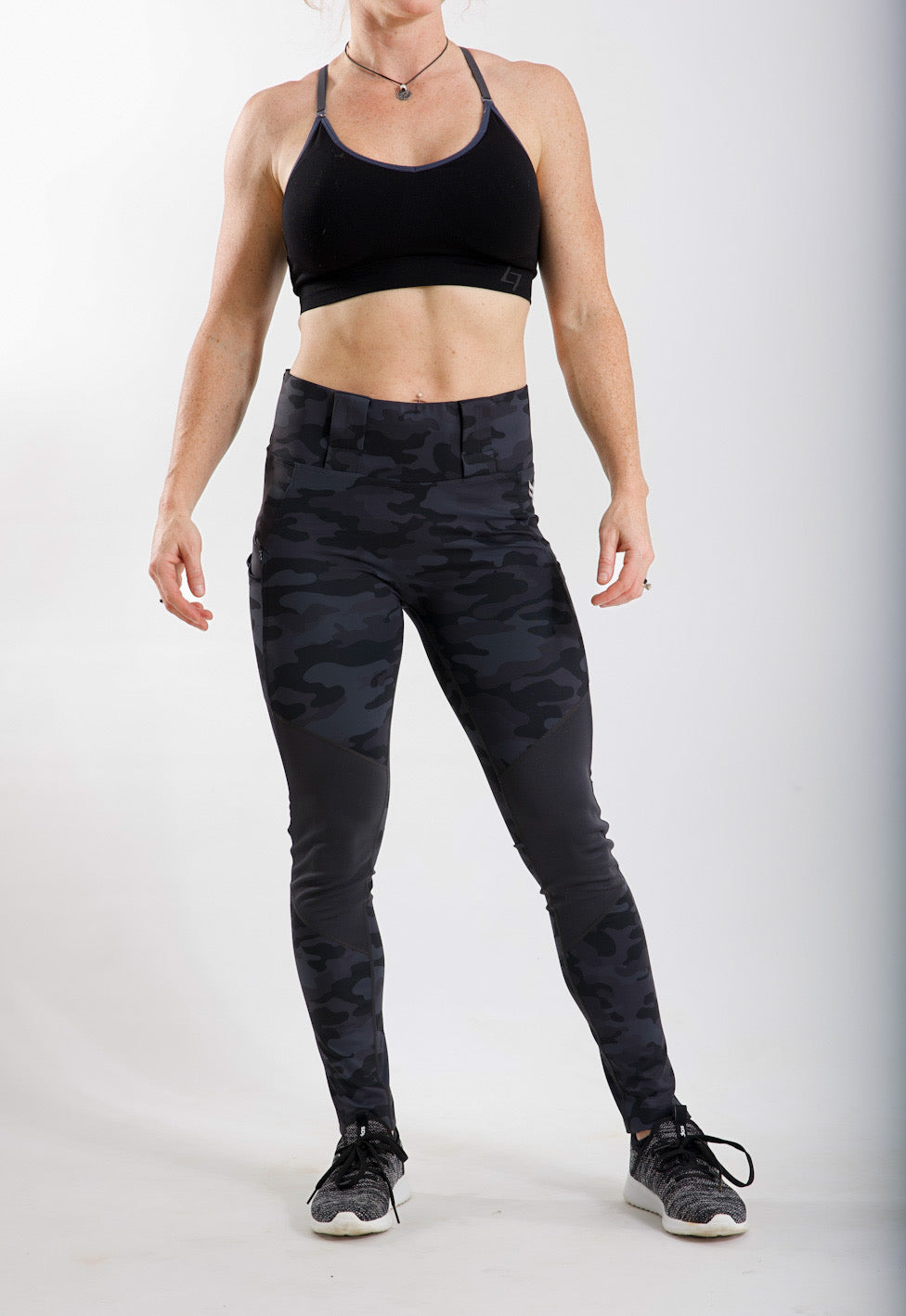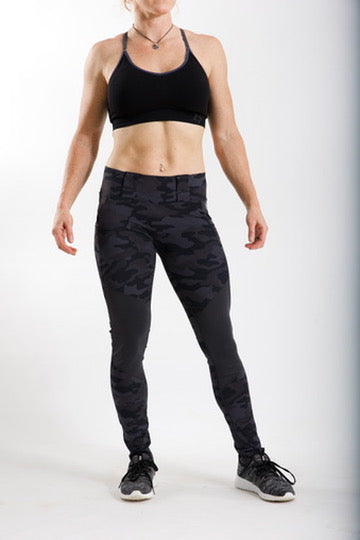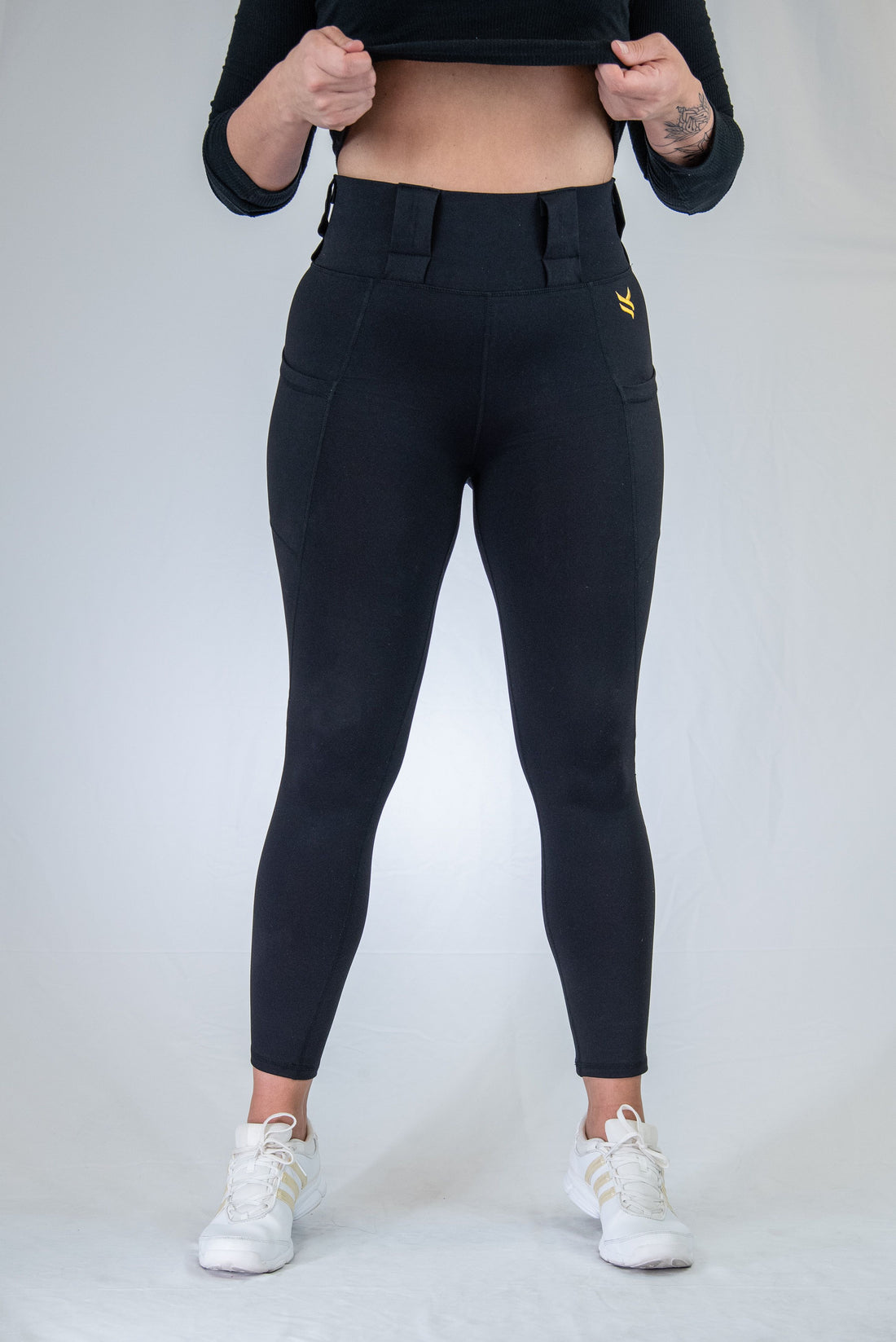
News
How To Conceal Carry While Hiking: Best Apparel And Gear Recommendations
How To Conceal Carry While Hiking: Best Apparel And Gear Recommendations
Why Smart Hikers Choose Functional Concealed Carry Gear?
Hiking connects you with nature, but it also demands awareness, not just of terrain and weather, but personal safety.
If you are exploring local trails or backcountry paths, carrying protection safely really matters. Choosing the right concealed carry clothing can mean the difference between comfort and inconvenience.
The right apparel does more than hold your firearm. It supports movement and ensures quick access if needed.
Understanding The Need for Concealed Carry While Hiking
Before diving into apparel recommendations, let's know what actually matters when carrying on the trail.
Key priorities include:
• Comfort during extended movement
• Secure retention and trigger safety
• Breathability and stretch
• Minimal printing or visibility
• Compatibility with hiking gear (backpacks, waist belts, etc.)
Unlike urban environments, trail conditions can shift quickly making tactical fit crucial. That’s why selecting clothing made specifically for active concealed carry is essential.
The Foundation: Apparel Built for Mobility and Safety
Traditional jeans or athletic leggings may feel fine at first, but once you start carrying, they might cause you inconvenience like sagging waistbands, lack of secure pockets, and visible prints. Tactical apparel fixes that problem by combining fit, stretch, and utility.
Here’s how your hiking system can level up:
1. Tactical Leggings for Secure Concealment
Modern concealed carry leggings are designed for balanced stretch, compression and hidden holster integration for functionality.
Hiking requires movement without adjustments every few steps; compression waistbands help hold both firearms and essentials tight against the body.
Among the most reliable options today, the women's tactical leggings integrate quick-access panels and reinforced holster pockets while maintaining a clean everyday aesthetic.
The designs are high-rise enough for hiking comfort yet structured enough for weapon retention.
2. The Versatile Hiking Layer: Tactical T-Shirts

Keeping the upper body flexible yet protected is important. A fitted tactical t-shirt works perfectly for layering.
Unlike standard cotton t-shirts or black t-shirts, tactical versions resist odor and wick sweat, keeping you dry during long distances.
The combination of durability and breathability makes these shirts ideal companions for concealed carry clothing on active trails. They pair well under jackets, hiking vests, or open flannels when the temperature dips.
3. Capris and Warm Weather Comfort
Hiking in warmer weather or humid regional trails calls for balance between concealment and ventilation. Capri leggings for women give you flexibility and coverage without overheating.
Capri leggings are a popular choice on mid-season hikes, these tactical capri pants feature concealed mesh holster pouches that don’t bounce during movement, an underrated benefit when climbing or kneeling frequently.
If you want a model that matches your gear system, visit EDC Capri collection where you will find pieces built for both training and trail readiness.
4. Shorts for Active and Hot Weather
For hikes in the peak of summer or more intense trails, compression shorts or lightweight women's spandex shorts provide high compression and maximum mobility without compromising coverage.
These tactical shorts offer reinforced waistband support and holster compatibility, while featuring quick-draw accessibility and low-visibility material blends.
Ultra-functional forms of concealed carry compression shorts give you integrated stability that won’t shift in the mid-hike, and if layered under longer pieces, they double as concealed basewear for added protection.
5. Skort Options for Trail Versatility

When style meets utility, the women's skort with pockets or black skort style adds practicality and modesty. This low rise black skort provides both comfort and tactical adaptability.
Some brands now include holster-ready hidden compartments inside built-in shorts layers.
For hiking, skorts can be game changers: they keep air circulation better than full leggings and look casual around trail stops or campsites.
Which Holster Setup Works Best While Hiking?
The key to safe concealment on trails is not just your clothing; it’s holster placement. Here’s a quick guide:
|
Holster Position |
Best Apparel Match |
Notes |
|
Appendix Carry |
Leggings, Shorts |
Fast draw, secure with compression fabric |
|
Hip Carry |
Belt-loop Leggings, Tactical Shorts |
Ideal for trained users |
|
Pocket Carry |
Capri, Skort with pockets |
Works for subcompact gear |
|
Belly Band |
Compression shorts |
Excellent balance for light firearms |
|
Chest Carry |
Tactical t-shirts or harness layers |
Perfect for hiking vests or mountainside climbs |
Layering Strategy for Weather and Concealment
As altitude rises and temperatures change, smart layering becomes essential for staying comfortable and concealed.
1. Base Layer: Moisture-wicking compression: think concealed carry compression shorts or leggings.
2. Mid Layer: Breathable t-shirts or tactical tops that allow air circulation without restricting chest carry.
3. Outer Layer: Water-resistant jackets or windbreakers with flexible zippers that ensure smooth movement near holsters.
If you ever want more ideas about versatile ways to wear your conceal apparel beyond hiking, check out this guide on styling EDC leggings that showcase how tactical wear transitions between fitness and functional outerwear.
What Essential Gear You Should Carry Beyond Apparel?
Apparel is half of concealment; the rest comes from smart gear packaging. When hiking with a firearm, balance your essentials.
Must-carry items:
• Compact firearm within secure holster setup
• Lightweight ammunition loader
• Multitool and flashlight
• Small medical pouch or first-aid kit
• Knife or EDC multitool
• Trail ID and emergency whistle
• Hydration pack balanced across the back
Avoid carrying your firearm loose in hiking bags; it impacts both speed and safety. That’s why clothing with concealed compartments like carry leggings or edc apparel ensures controlled accessibility.
Terrain-Specific Considerations
Different trails require different concealment methods:
• Mountainous terrain: Balance compression and mobility; prefer tactical shorts or high-rise leggings.
• Forested trails: Use layered or smooth leather leggings styles to resist brush contact.
• Desert or heat conditions: Use faux leather leggings for moisture evaporation.
• Urban outskirts: High waisted leather leggings blend seamlessly into active streetwear while maintaining utility.
Choosing the right apparel for the environment keeps your carry setup functional and perfect.
How To Conceal Carry Responsibly on Trails?
Carrying responsibly requires awareness of both safety and legality. Keep these in mind:
• Review local laws and national park carry regulations before heading out.
• Maintain muzzle discipline, your muzzle should stay safeguarded during all movement.
• Avoid adjusting or touching your gear unnecessarily, especially around crowded trail sections.
• Always use concealed carry clothing designed to prevent accidental exposure during stretches or climbs.
• Practice drawing and re-holstering before every trip.
Responsible carry builds both confidence and peace of mind during any outdoor adventure.
Real-World Tip: Equal Comfort and Function Matter

On a recent desert trail test, users compared edc leggings versus common fitness leggings. The difference showed in endurance hours. Tactical-grade leggings maintained structure without waistband shifts or print visibility after miles of varied elevation.
Comfort, when it comes to concealed carry, isn’t just a perk, it’s safety. If your gear moves unpredictably, control suffers.
Hence, experienced hikers choose concealed carry leggings with integrated compression rather than layering cheap holsters under fitness wear.
Frequently Asked Questions
Q: What’s the safest way to carry a gun while hiking?
A: Use holster-integrated garments like concealed carry leggings, edc shorts, or belly bands to maintain consistent control and fast access. Always verify holster retention before hitting the trail.
Q: Can you carry in national parks or forests?
A: Regulations vary by region. Check federal and state guidelines before your hike. Responsible legal awareness ensures safety for you and others.
Q: What should women wear for hiking with a firearm?
A: High-compression tactical leggings or skorts are best. They evenly distribute firearm weight, reduce printing, and provide quick access without movement restrictions.
Q: What fabrics work best for concealed hiking gear?
A: Moisture-wicking and four-way stretch fabrics with reinforced seams provide comfort under physical motion, resisting sag and friction from holstered items.
Q: Can concealed carry apparel work for daily wear?
A: Yes. Items like tactical leggings, t-shirts, and capri designs transition from trail to casual use seamlessly, perfect for active women who live the EDC lifestyle.
The Perfect Balance Between Comfort and Carry
Carrying during a hike should never compromise on your comfort. Modern tactical designs simplify concealment, ensuring your firearm stays secure, undetectable, and accessible only when necessary.
At Vakandi Apparel, we prioritize trail-tested durability and subtle technical design, helping outdoor enthusiasts move naturally and stay safe.
Each piece supports commitment to both performance and personal protection.
Browse our collections and choose the EDC wear that fits your journey balancing style, comfort and safety on every trail.






